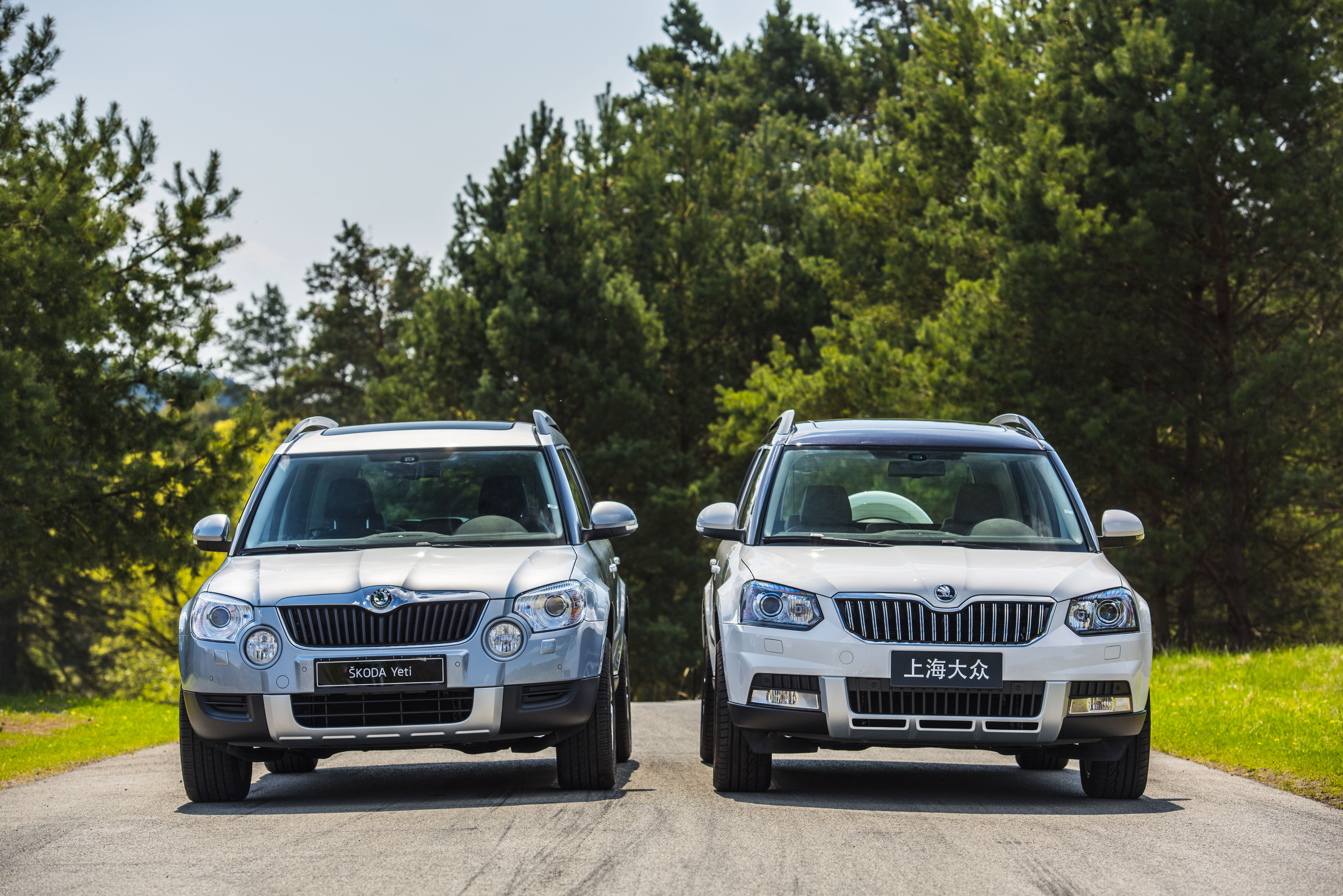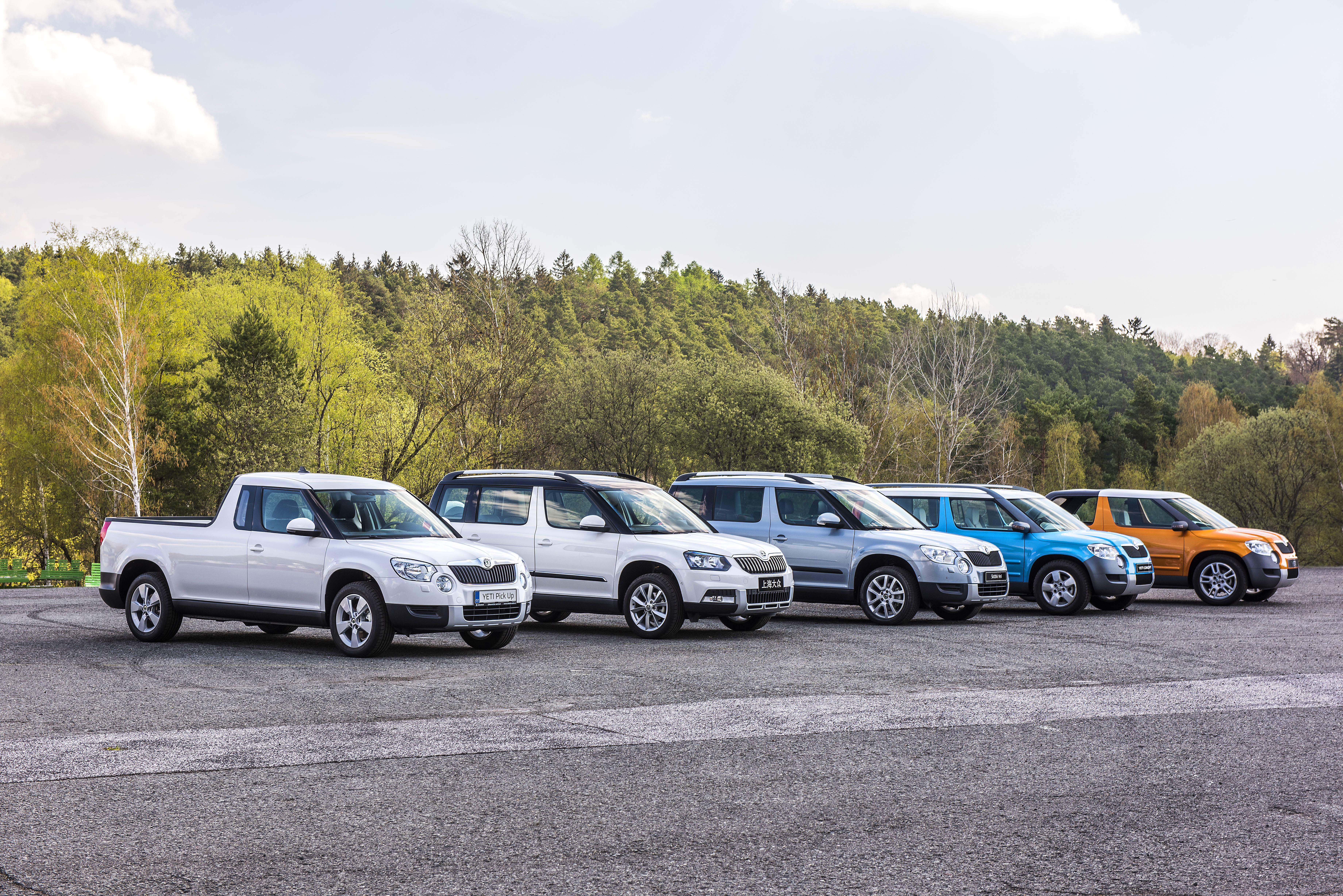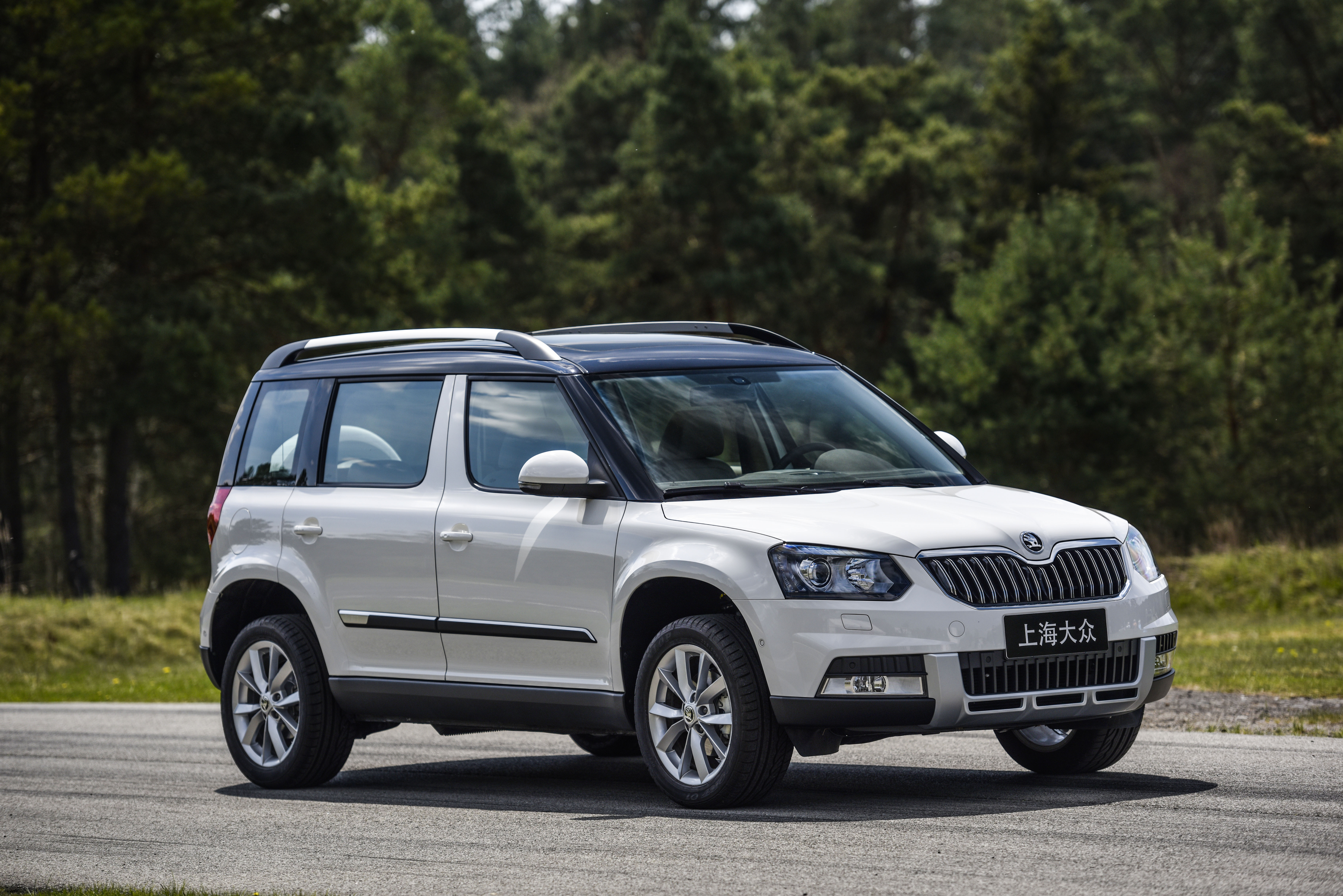YETI pick-up
It’s only recently that ŠKODA revealed that it prepared a pick-up prototype based on the YETI at the turn of 2012 and 2013. The design of the utility vehicle is structurally unusual. “The front end was taken wholesale from the production YETI, while the rear platform, including the axle, suspension and suspension, came from the Volkswagen Caddy Max. The body panels in the rear were, of course, tailored to this design by the designers,” says Martin Kadlec from ŠKODA’s Test Body Development Centre, who was involved in the development of the pick-up.
 ŠKODA YETI Pick-up
ŠKODA YETI Pick-up
The result was a very practical pick-up equipped with a 125 kW 2.0 TDI engine with 4 x 4 drive. While the classic YETI measured 4,223 mm in length, the pick-up was 4,876 mm long, with most of the increase attributable to the extended wheelbase (from 2,578 mm to 3,006 mm) and some to the extended rear overhang (985 vs. 768 mm). The cargo space measured 1,936 x 1,170 mm and the bed was unusually deep for a compact pick-up: 625 millimetres. This was due to the fact that the base of the SUV was higher than in conventional compact pick-ups. Practical as the result was, it did not make it into mass production.
 After modernisation, the YETI was launched on the Chinese market in 2013.
After modernisation, the YETI was launched on the Chinese market in 2013.

























